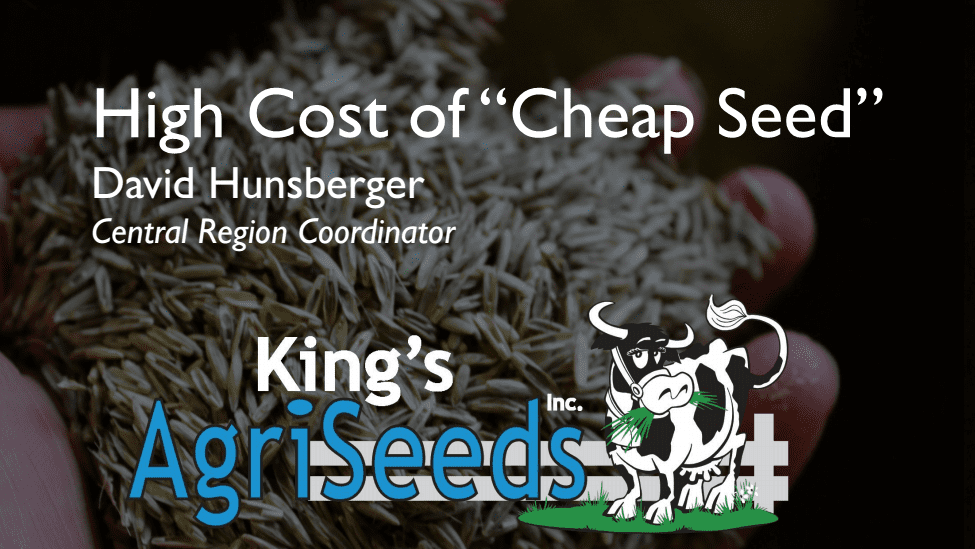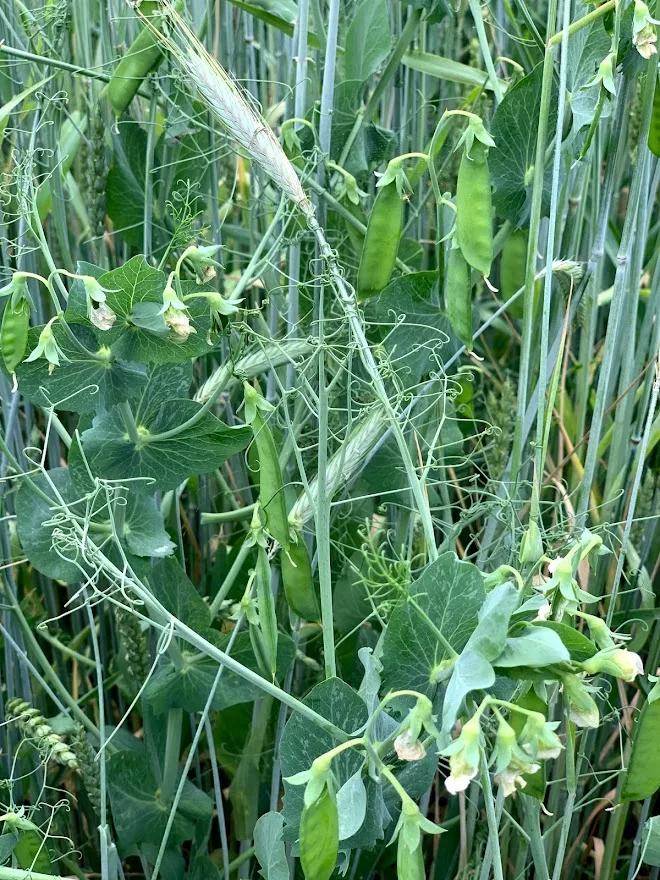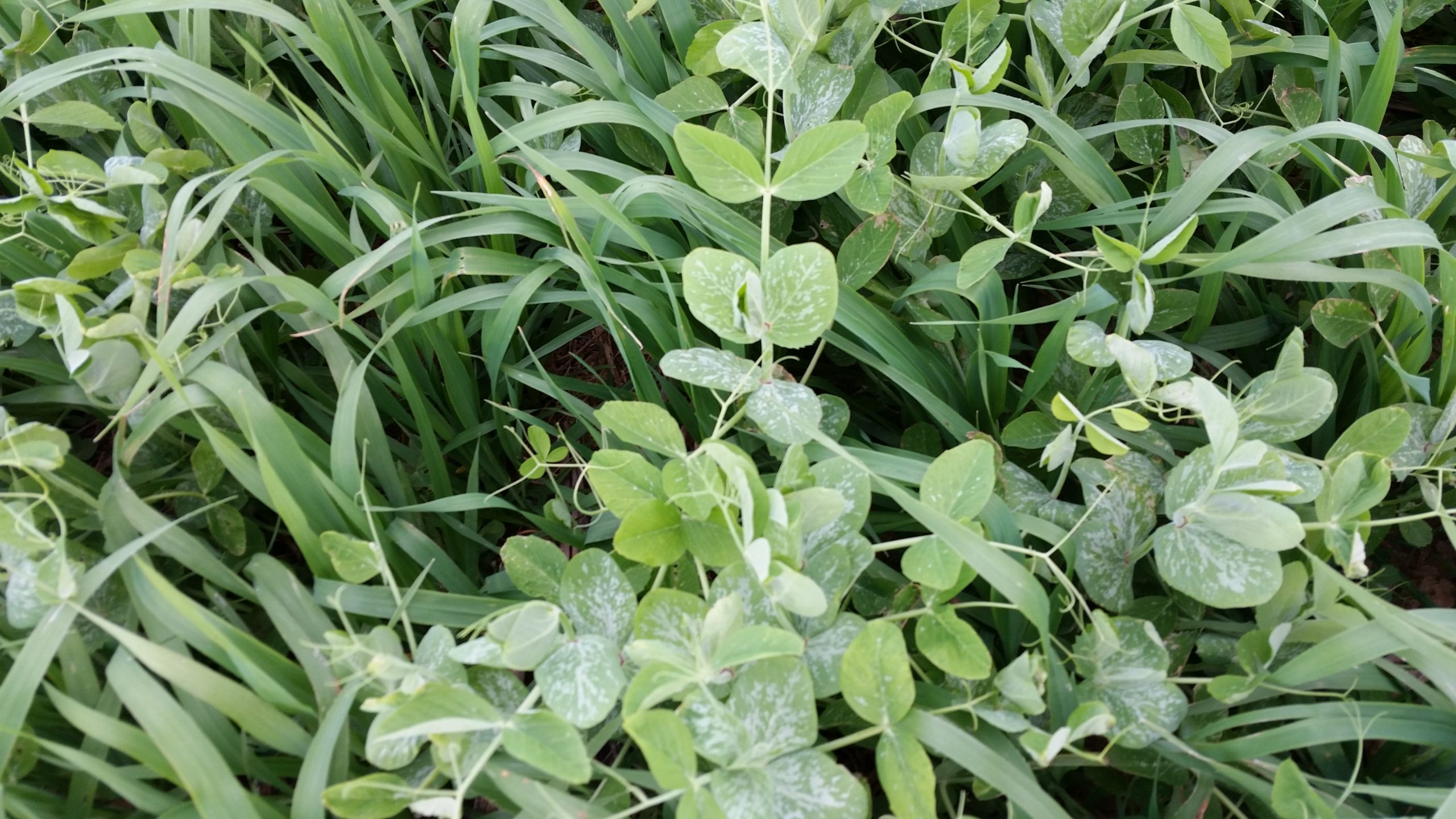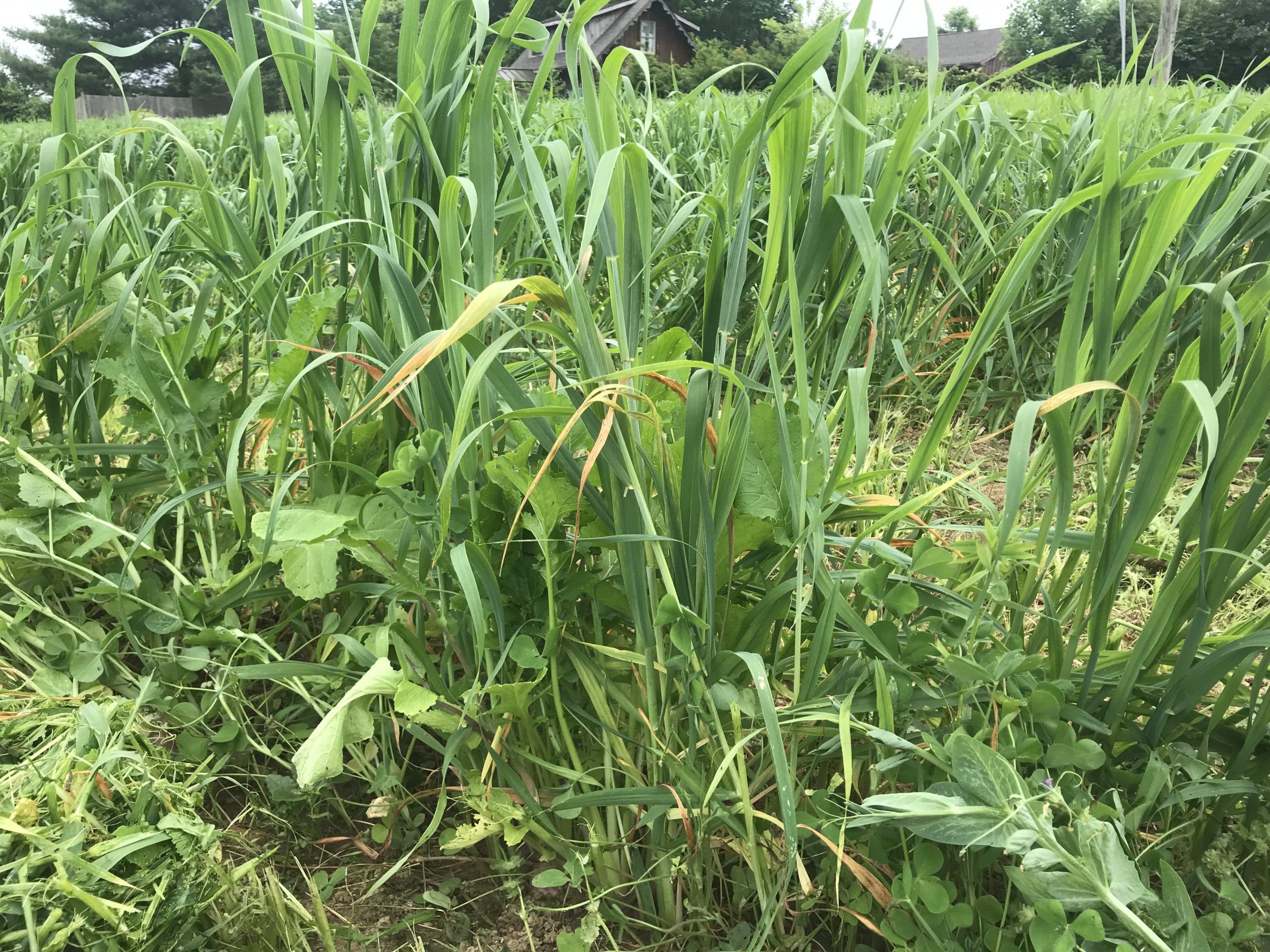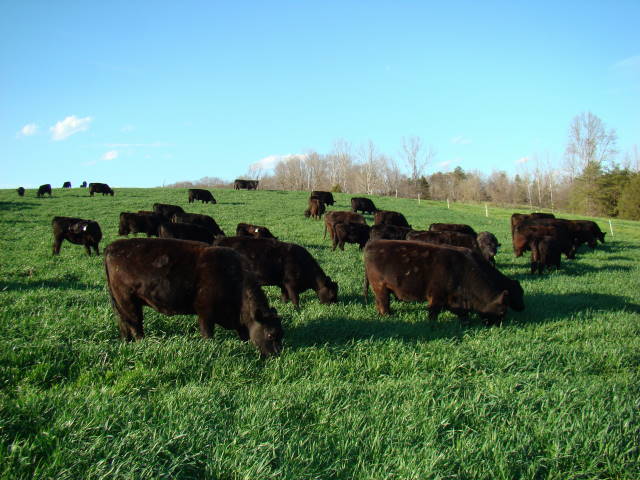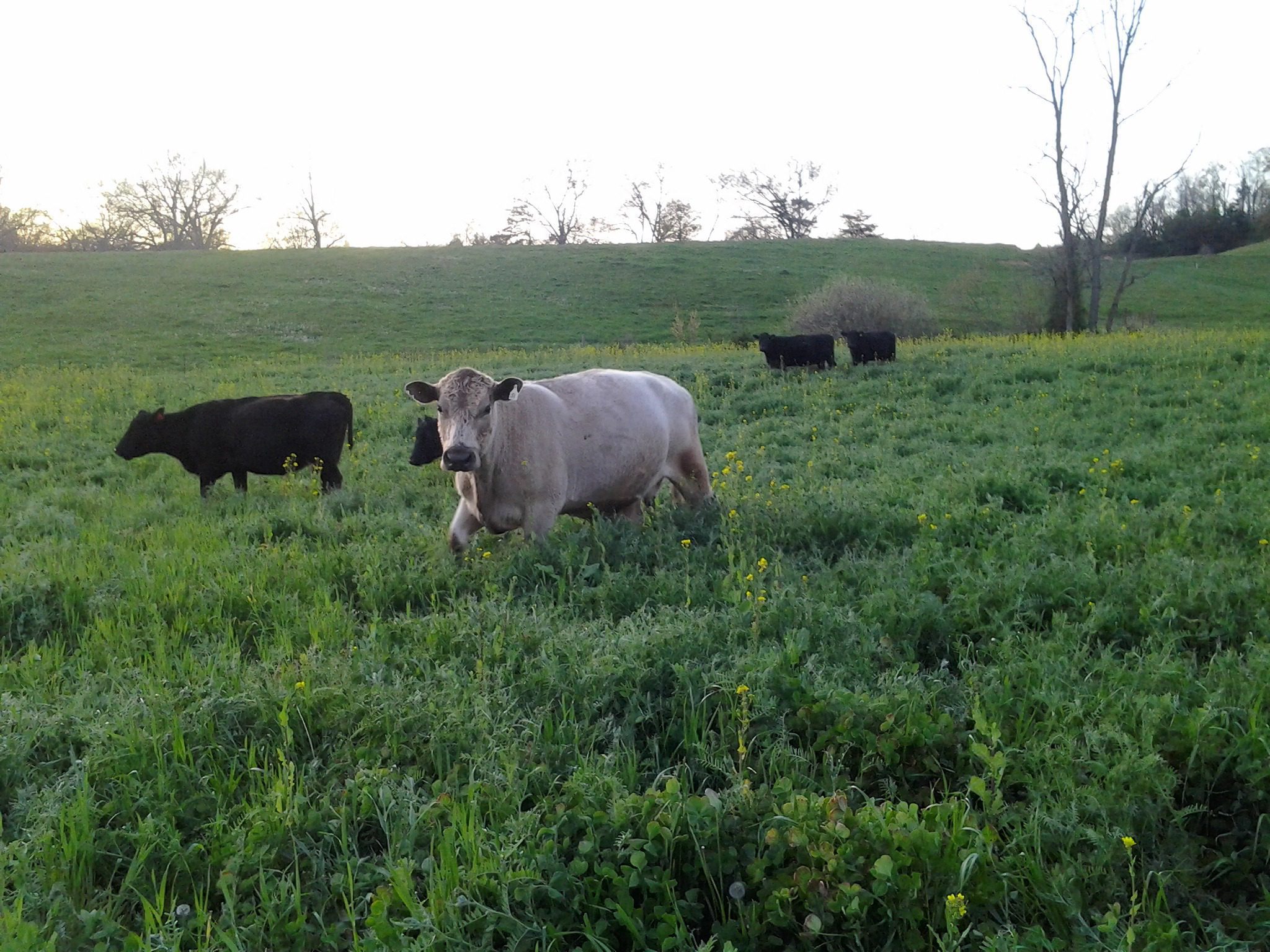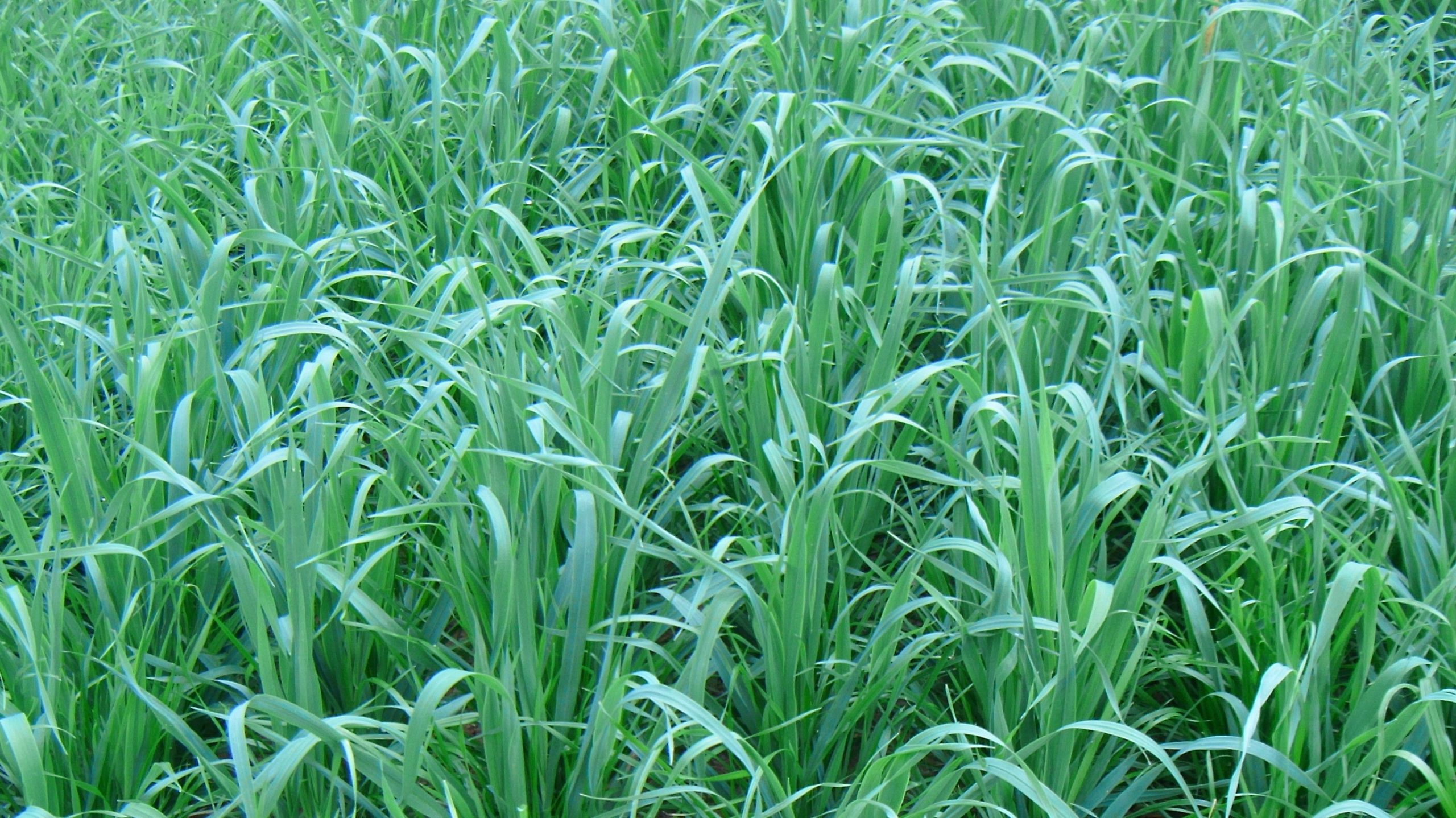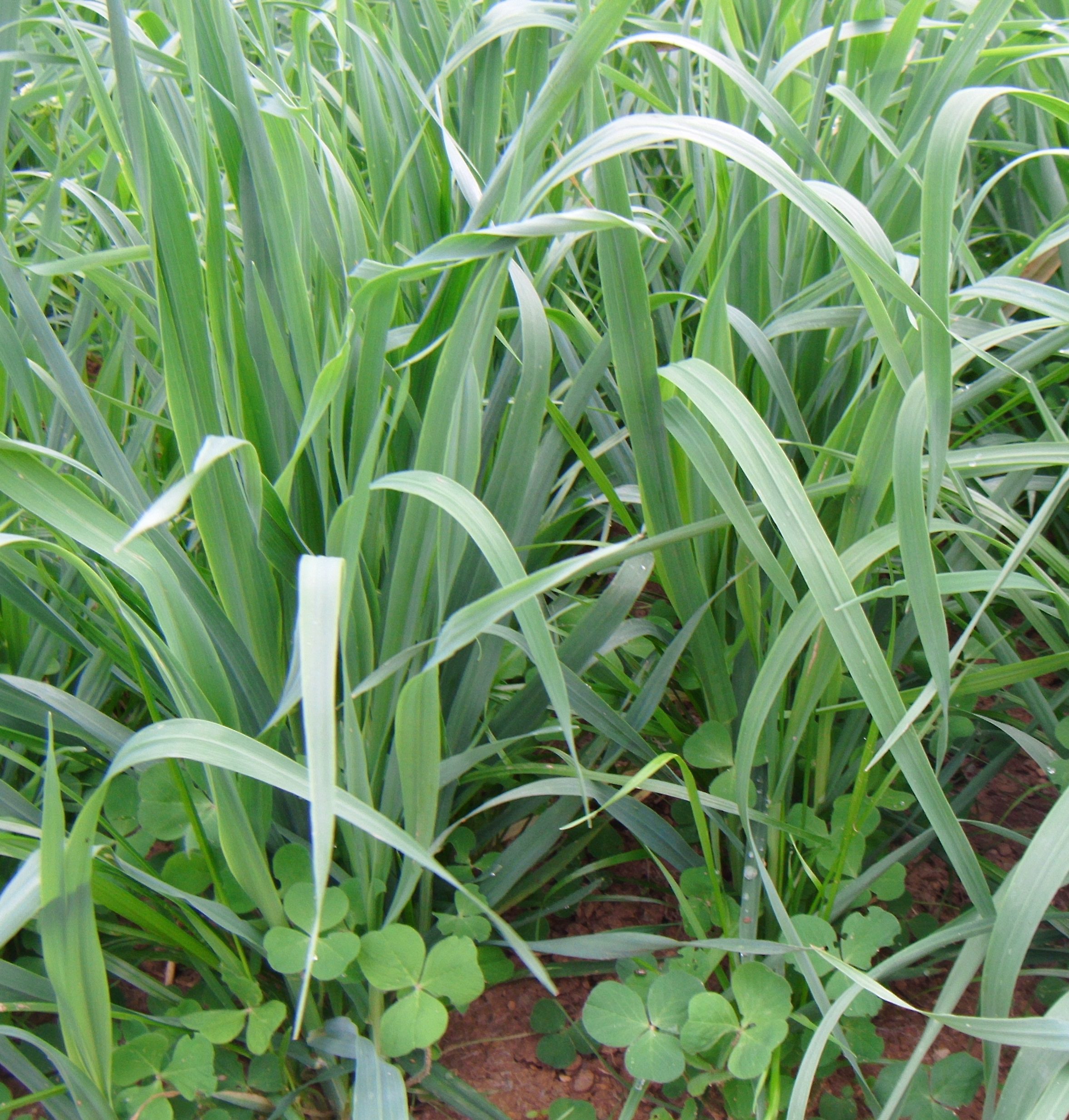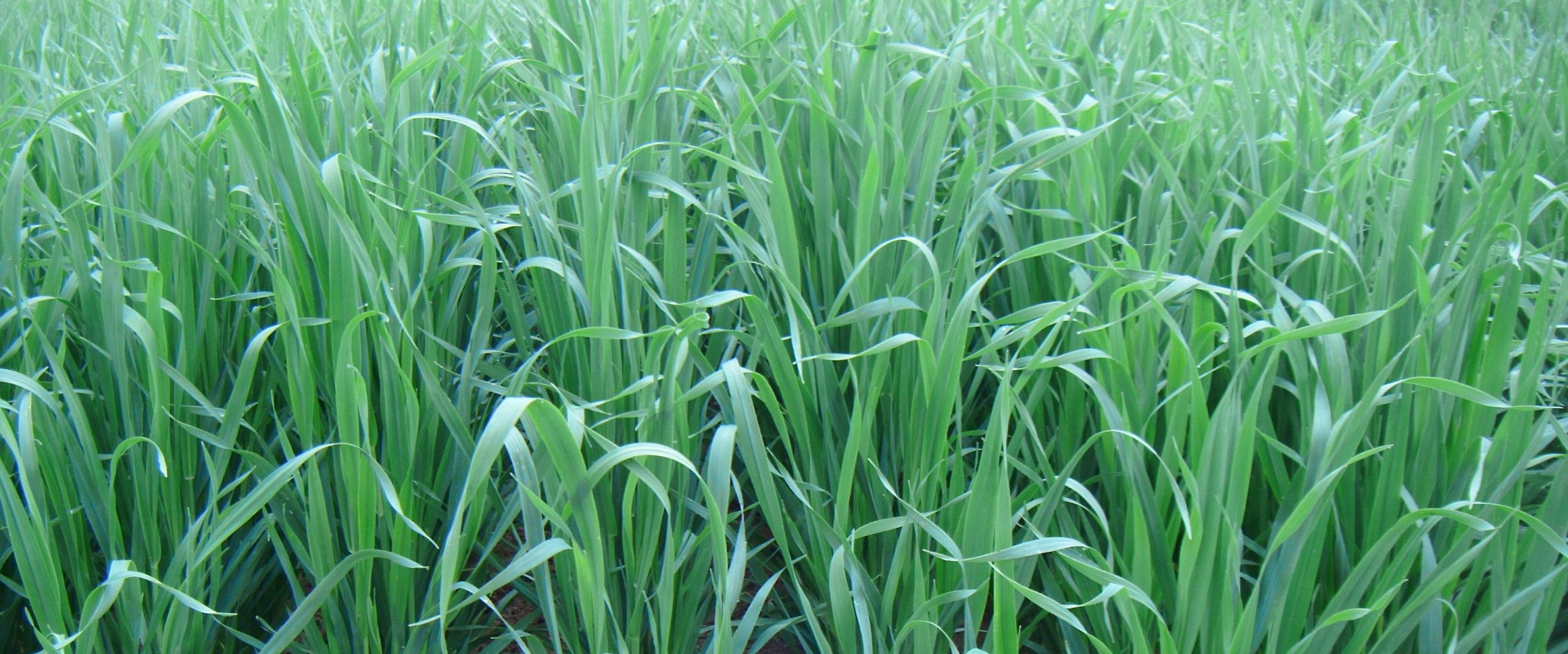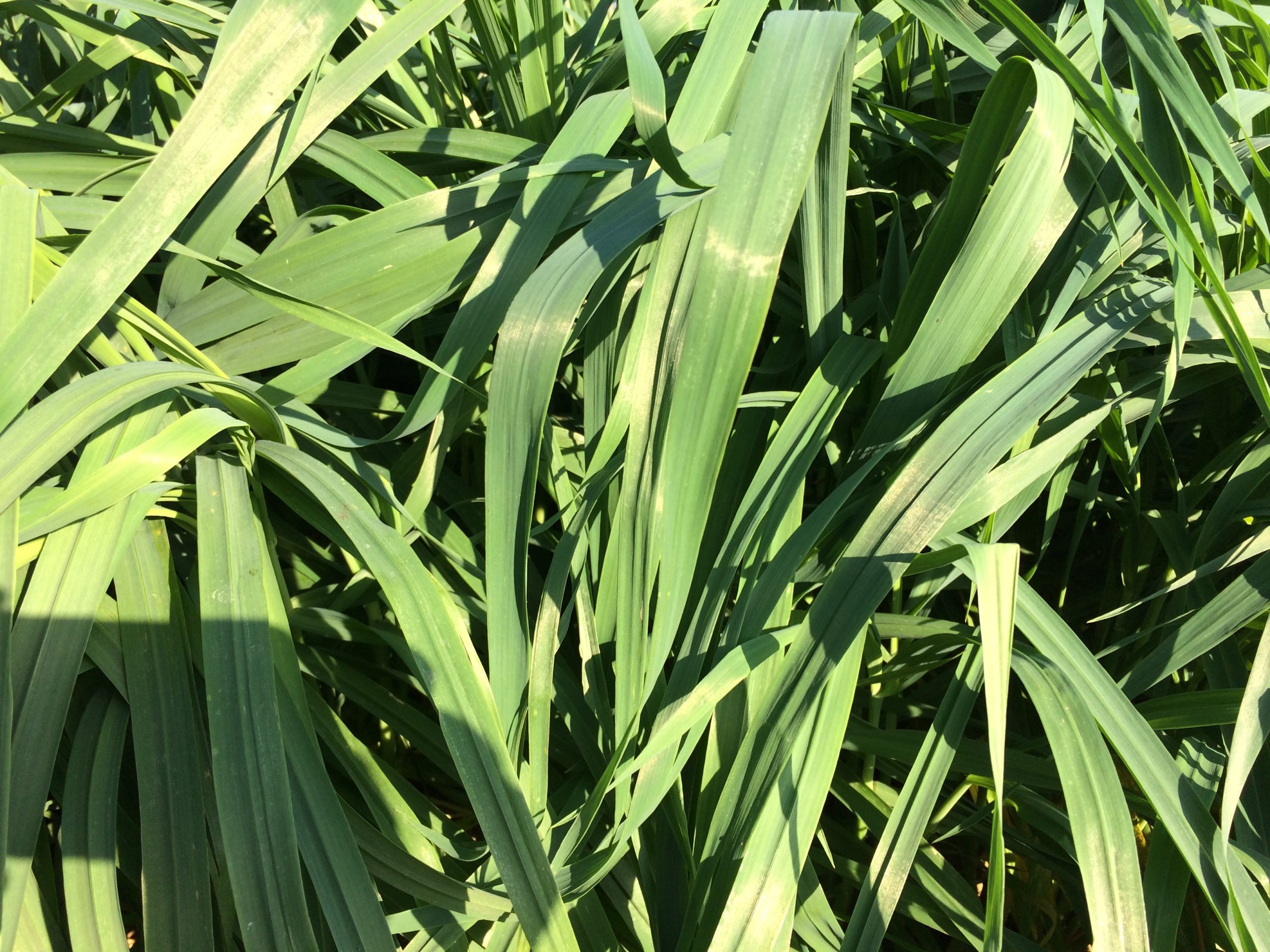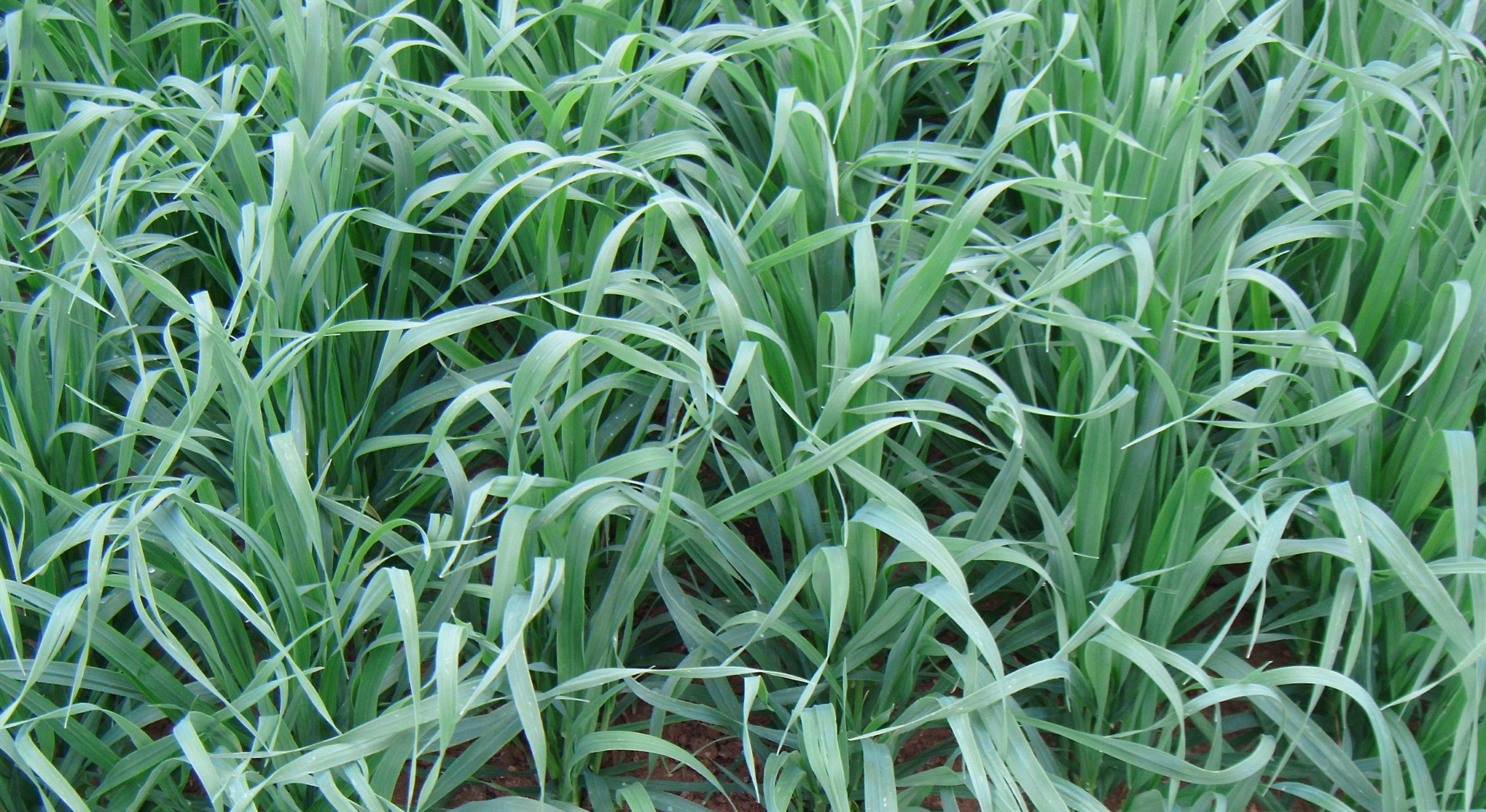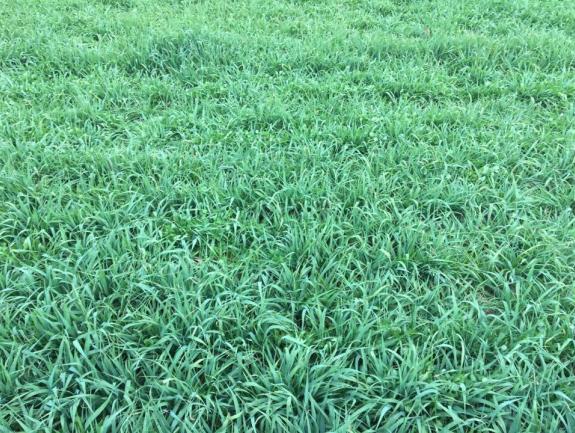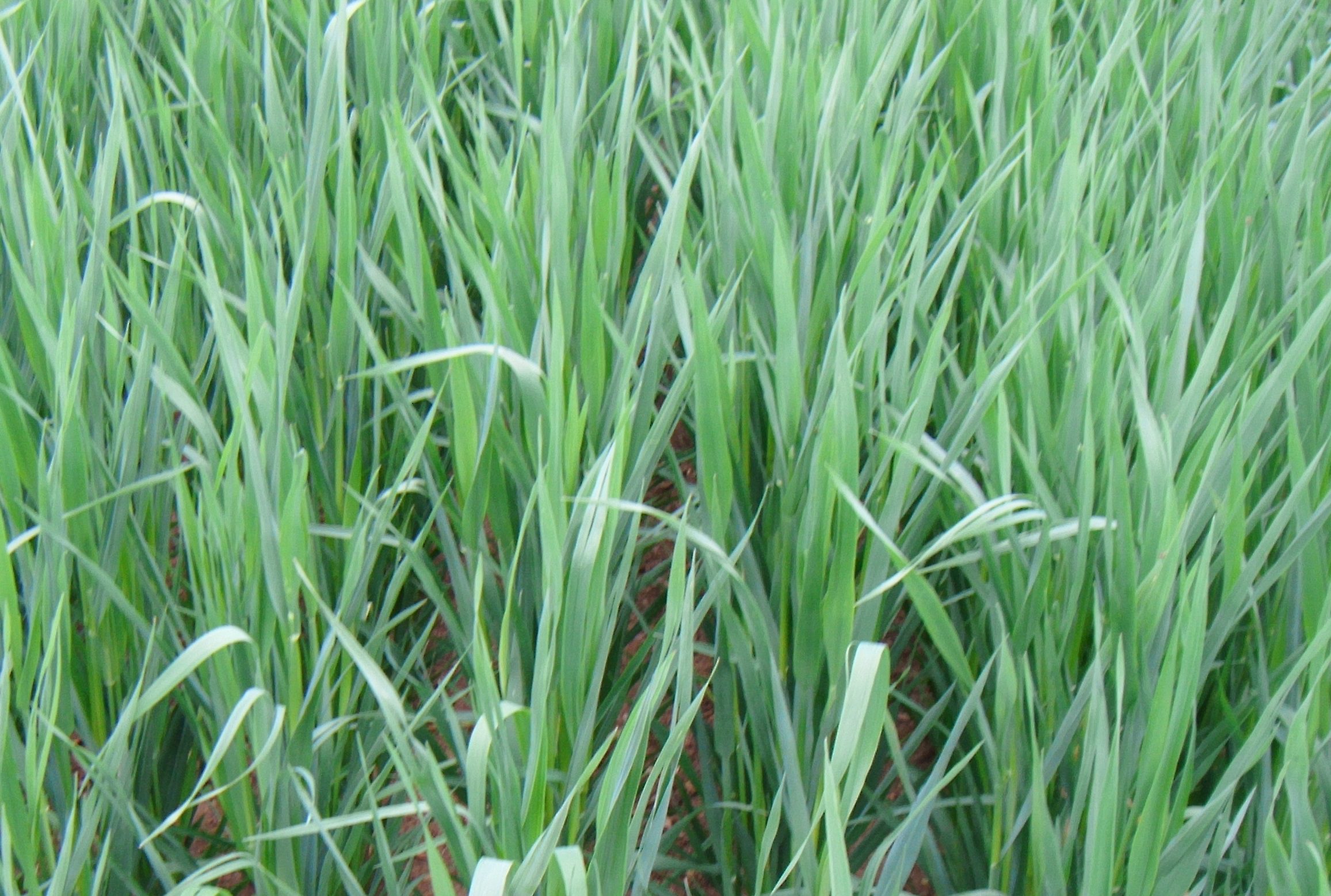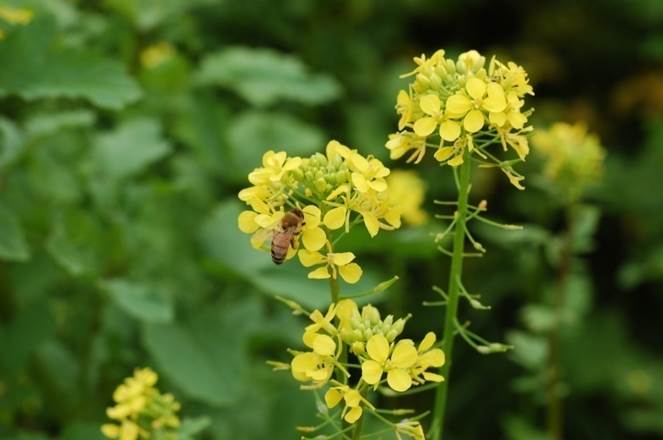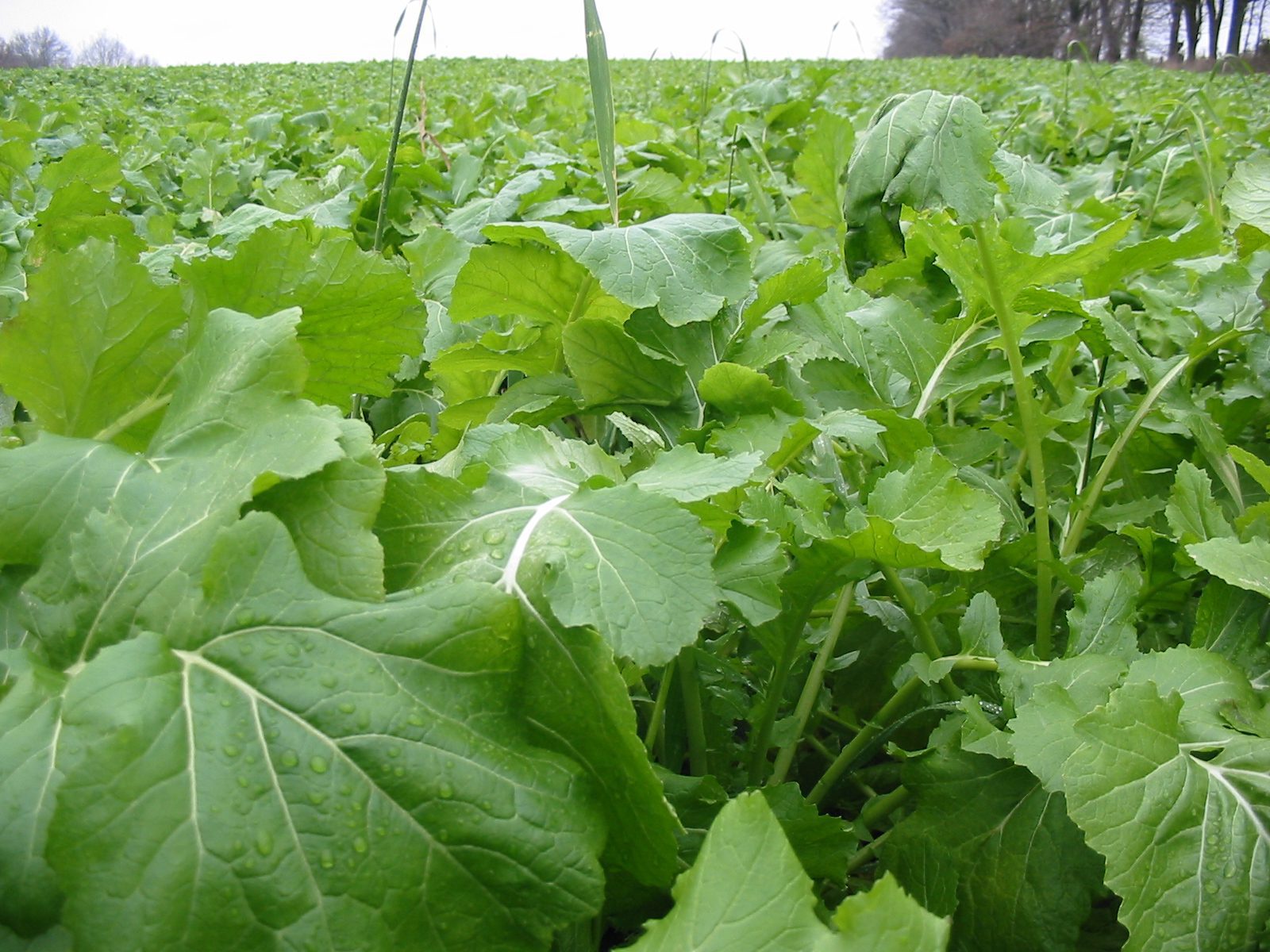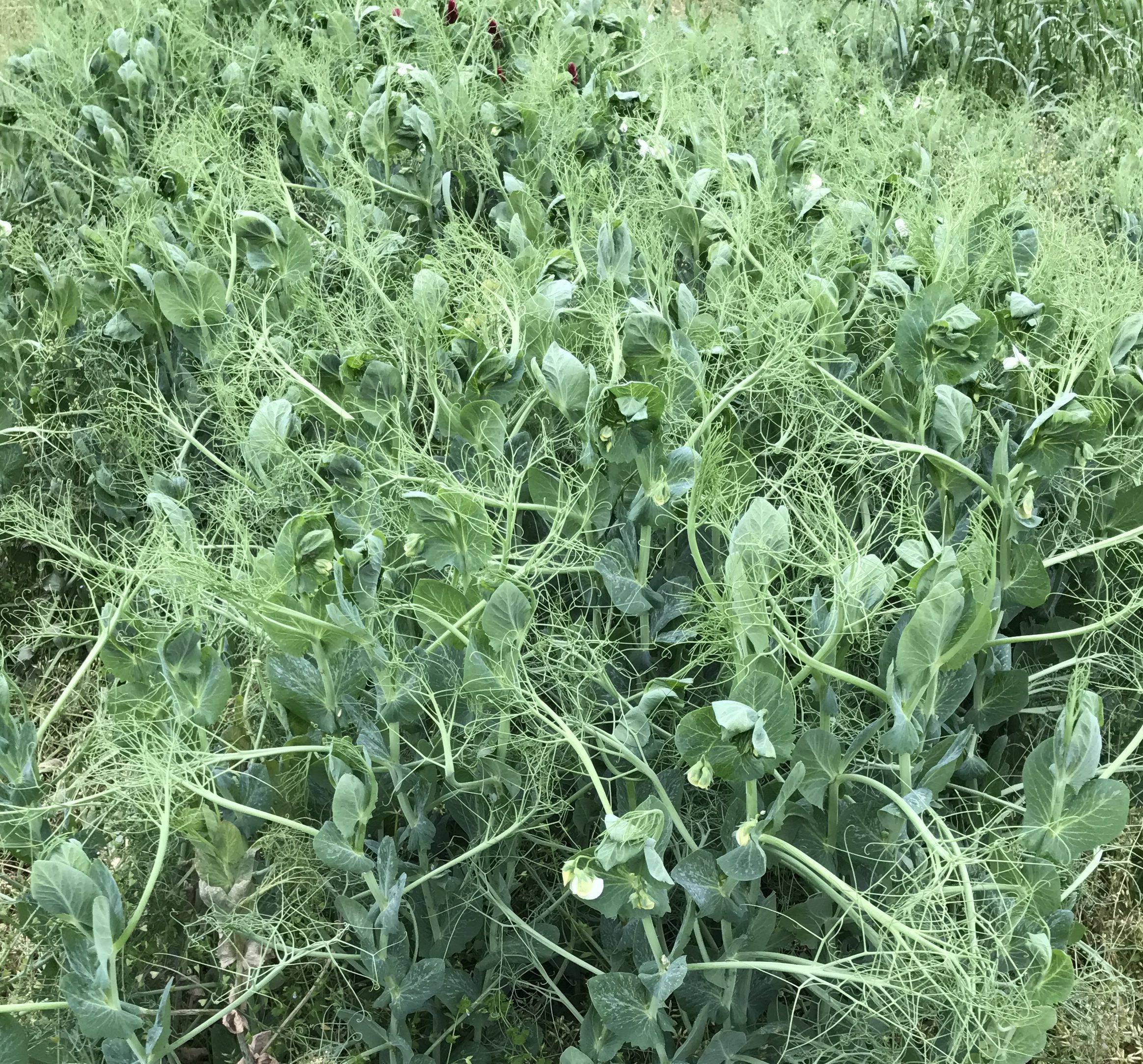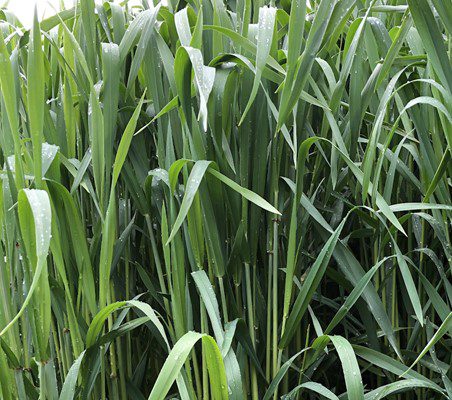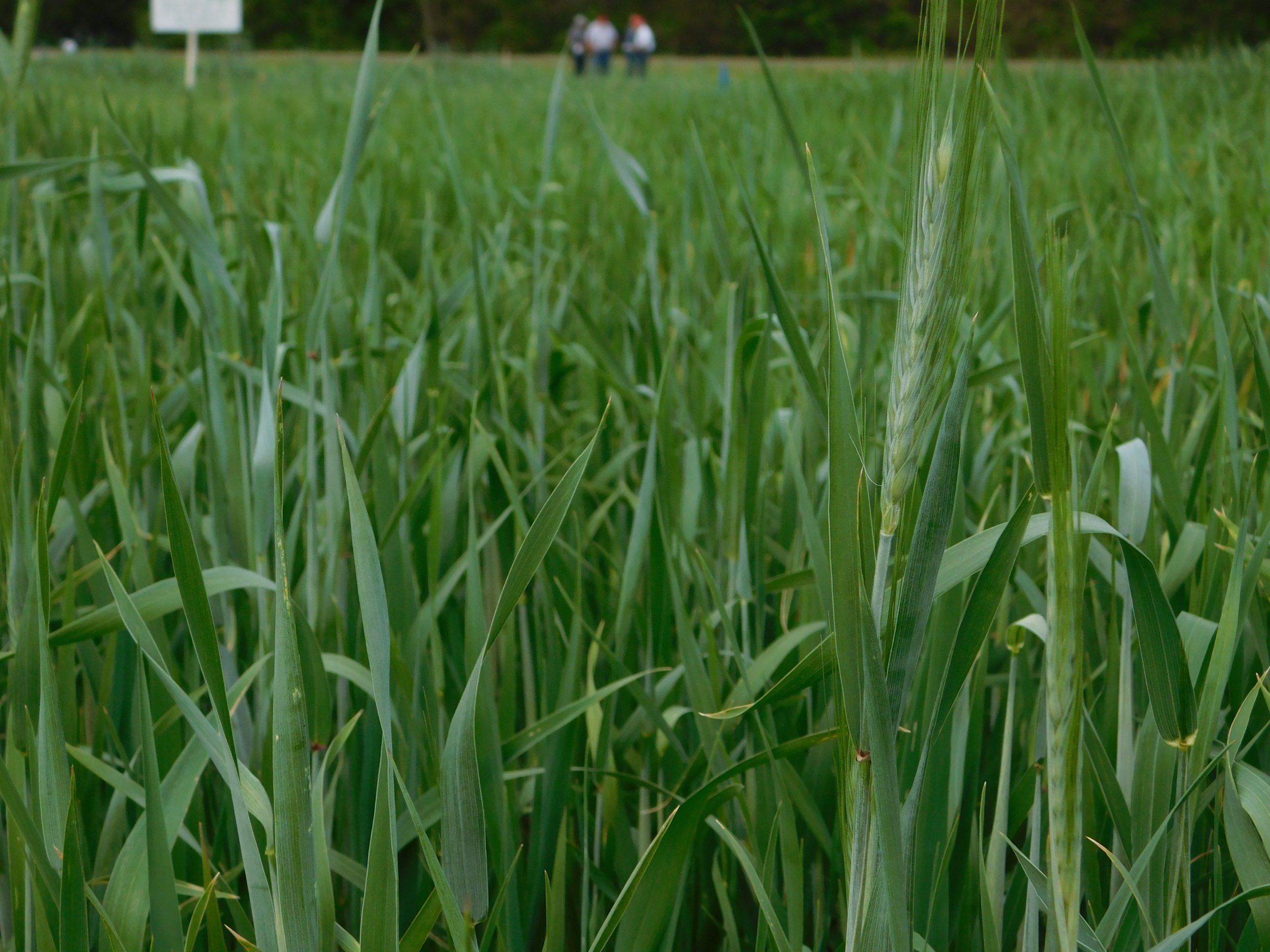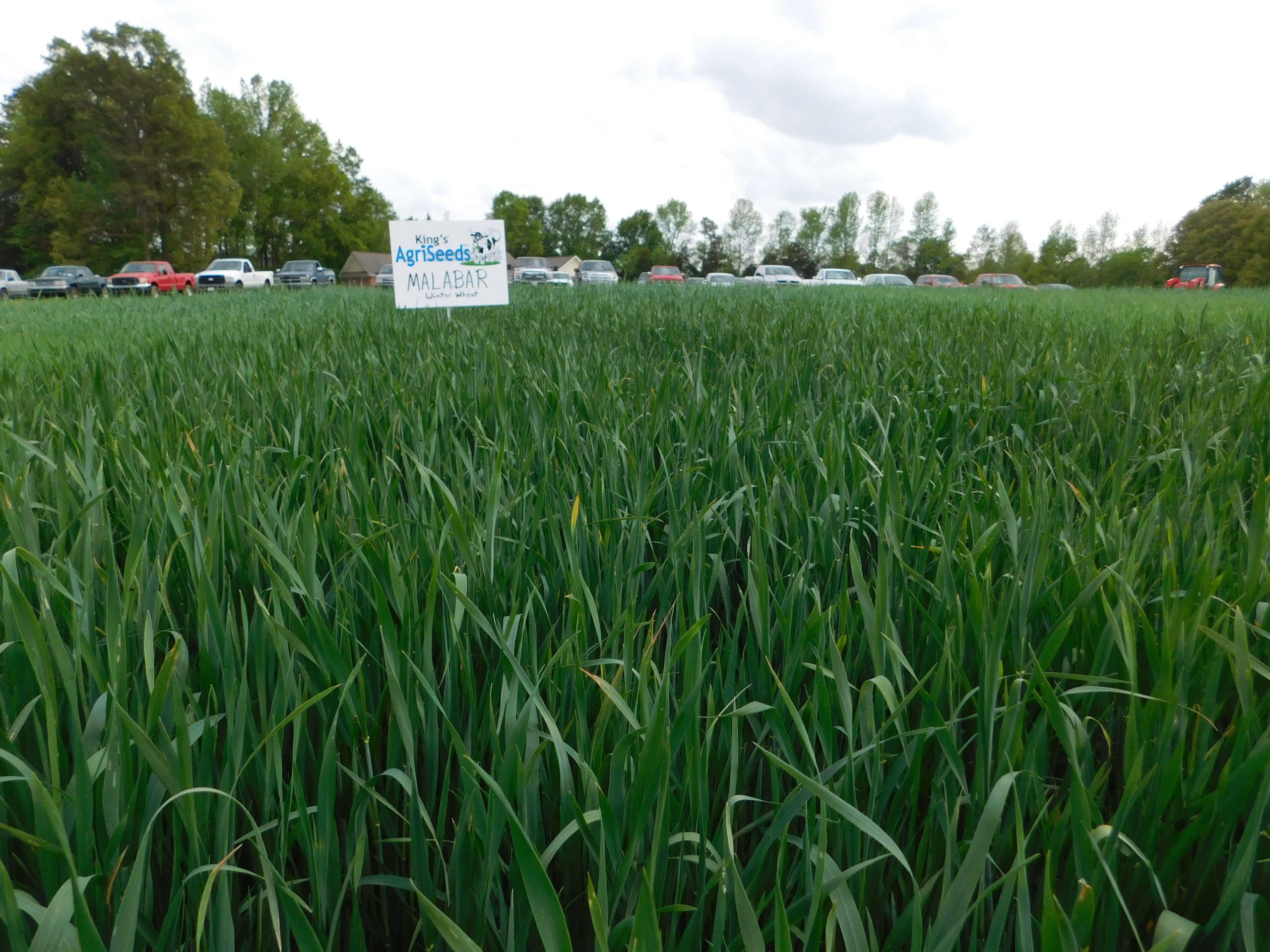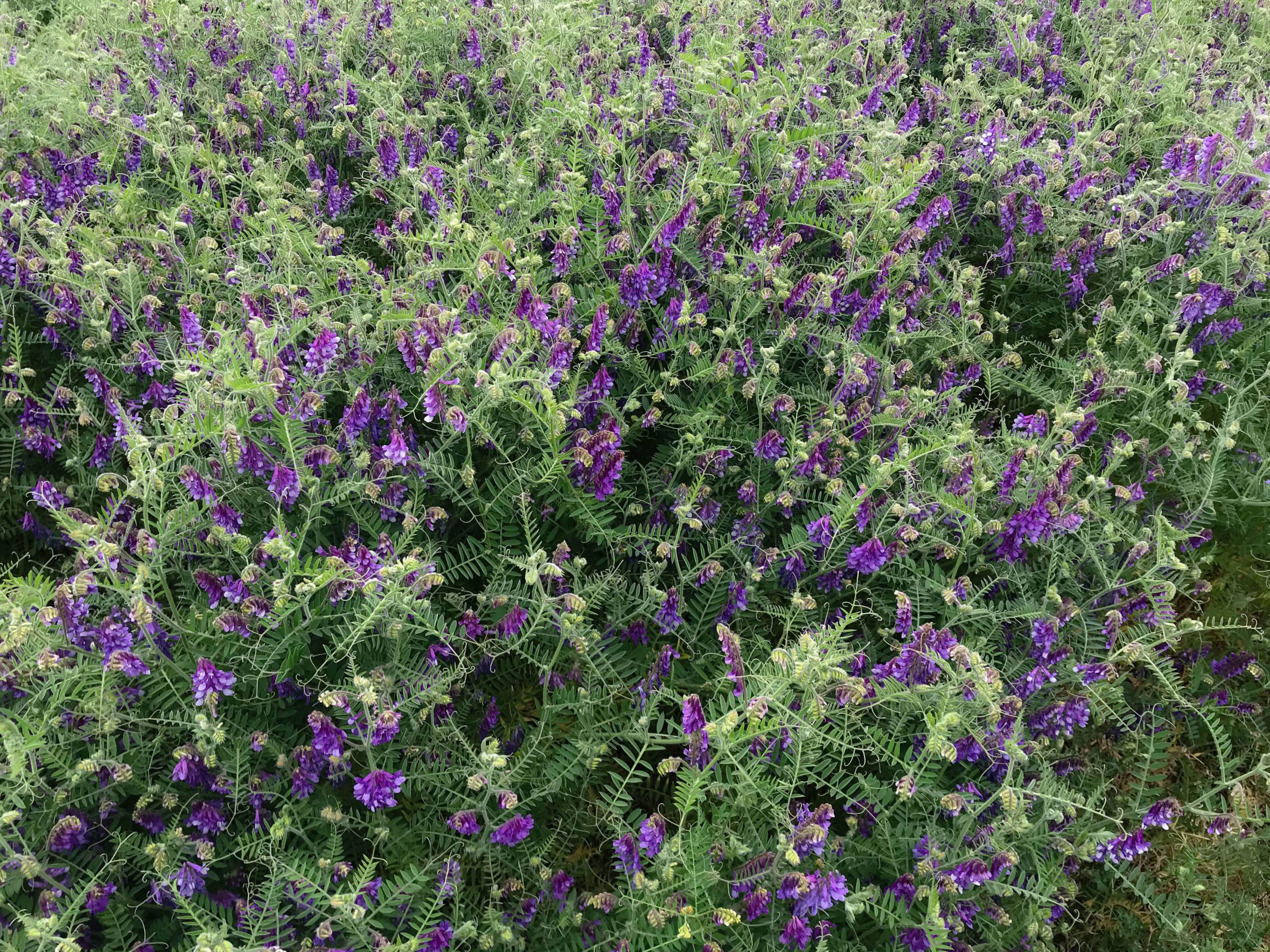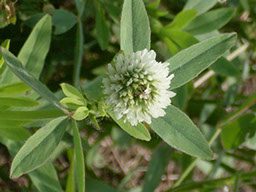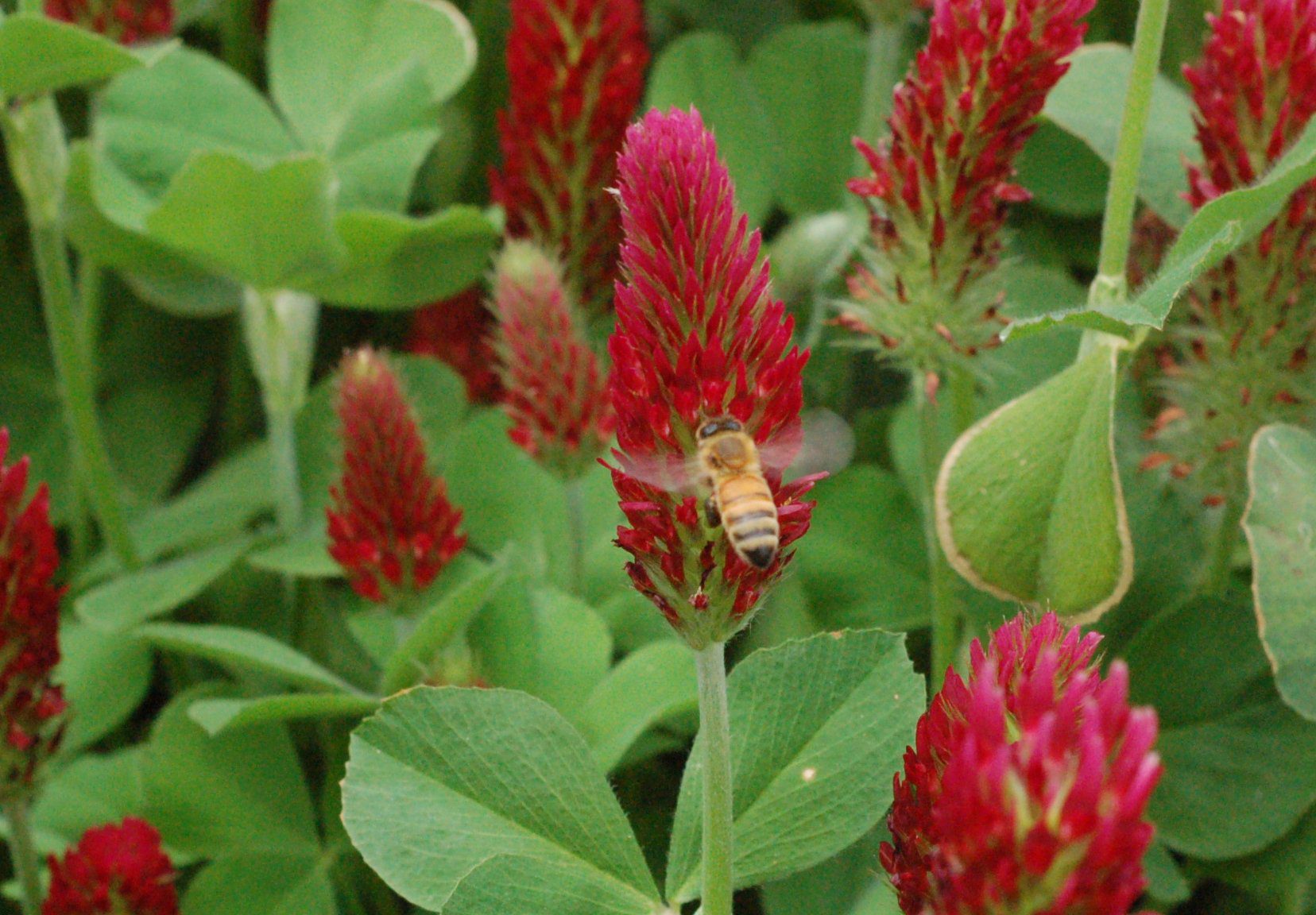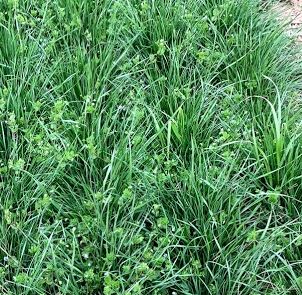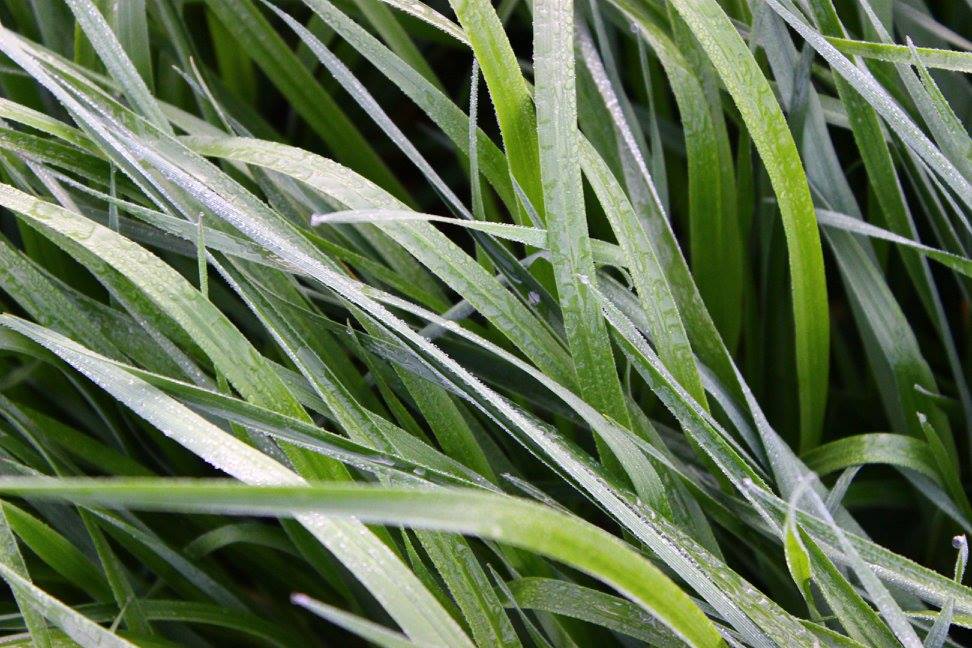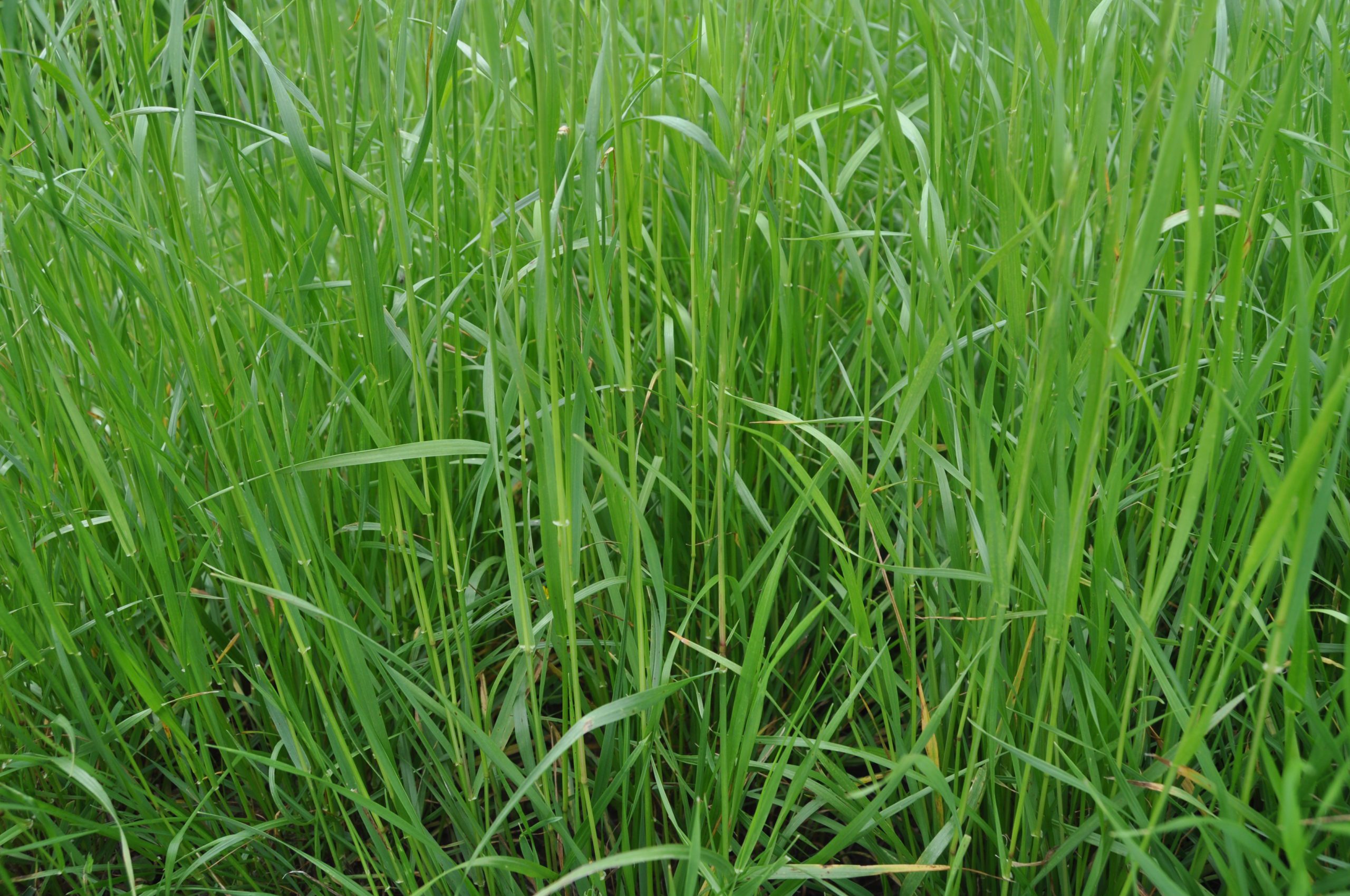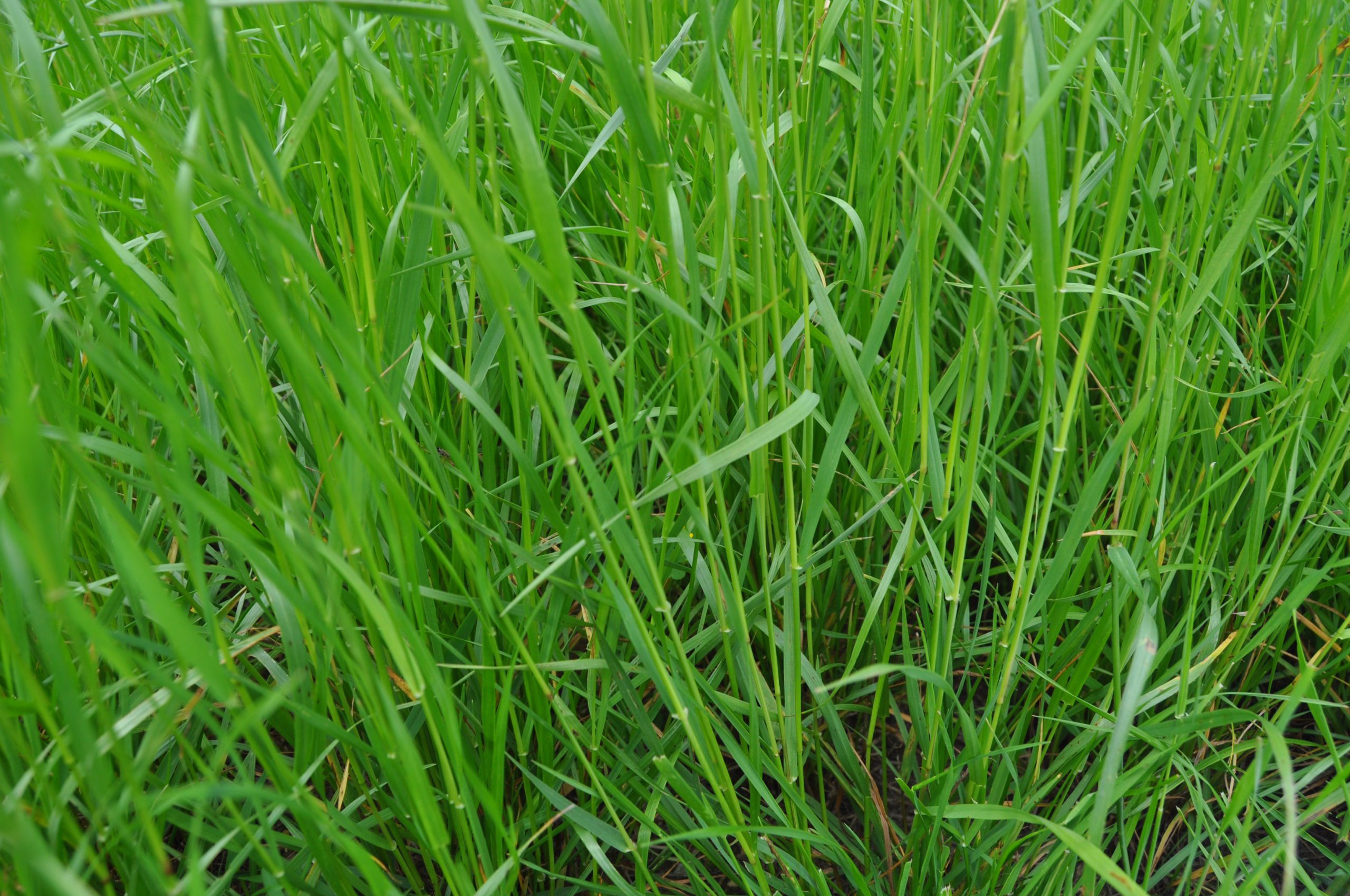Cool Season Annuals
Cool season annuals can be included into designed annual crop rotations, and increase overall productivity and profitability. Less herbicide and insecticide need can also be a benefit.
The data’s in! See Penn State’s 2016-2017 Short Lived Trials
Cool Season Annual Mixtures
To harvest as much sunlight as you can, your fields should have a living crop for as many months of the year as possible. We have developed a variety of mixtures designed and tested to improve soil health and or provide high quality forage.
Oats:
Brassicas:
Brassicas are cool season annuals used to extend the grazing season into late fall/early winter, or to provide very high quality summer or fall grazing. Brassicas will not lignify in hot weather, resulting in very high-quality feed that helps cows pick up in milk. They can be seeded in a mix with millet or sorghum sudan, in which their seeding rate is very low. Sometimes cattle won’t eat them the first day or two. Introduce brassicas slowly and make sure they are supplemented with adequate effective fiber to slow the rate of passage. Brassicas are low in fiber. Typical forage analysis: 25% protein, 215 RFV.
Brassicas can also make an ideal fall or spring cover crop.
See: Forage Turnip and Rape as a Cover Crop (Cornell Extension)

Brassicas make a high protein pasture
Spring Peas
Winter Forage Peas
Forage peas are cool season annuals that produce extremely high forage quality and very high crude protein. Makes a good companion crop with oats and triticale. Performs best in cool weather. Recommended seeding rate: 60-100 lbs/A.
Forage peas must be inoculated with pea/vetch inoculant for best nitrogen fixation.
Small Grains
We have found that using TriCal 815, Oberkulmer Spelt and oats help suppress chickweed and other winter annual weeds in pasture and hay seedings. These nurse crops also help protect the desired crop from winter kill and heaving, especially if seeded late. Spelt and triticale also add to your spring production. Spelt is the easiest to dry in the spring. Important: Keep seeding rate low (about 25 to 30% of full seeding rate) and don’t let nurse crops get too tall.
Triticale
Triticale is a cross between wheat and rye. There are many differences among varieties in both appearances and digestibility. We are offering Trical™ products, which have been bred for fiber digestibility. In addition to excellent forage quality, the heading date is similar to wheat – about two weeks after rye.
Barley
Spelt
Spelt is a late maturing small grain closely related to wheat. Most varieties are taller and more aggressive in growth than wheat. Spelt is managed similarly to wheat. As a nurse crop, seeding rate must be lower and forage must be harvested before spelt suppresses main crop. Seed at 110 to 150 lb/A with 150 lb being a goal for forage use. Most drills need to be wide open because of the seeds’ bulkiness. More fall growth than triticale.
Rye
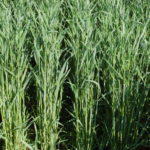 Rye is cereal crop grown for grain or forage. Rye grain is used for flour and rye bread, as well as animal fodder. Nearly half of the rye grown in the United States is harvested for grain, with the remainder used as pasture, hay, or as a cover crop. Winter rye is planted in the fall to provide ground cover and can be harvested as a crop or tilled directly into the soil in spring to add more organic matter.
Rye is cereal crop grown for grain or forage. Rye grain is used for flour and rye bread, as well as animal fodder. Nearly half of the rye grown in the United States is harvested for grain, with the remainder used as pasture, hay, or as a cover crop. Winter rye is planted in the fall to provide ground cover and can be harvested as a crop or tilled directly into the soil in spring to add more organic matter.
Wheat
Winter Annual Legumes
With nitrogen prices going up in recent years, interest in winter annual legumes have increased dramatically. Much research by universities and other organizations is currently in progress. Many farmers are also experimenting, with much success. However, we are still learning much on this topic. Lots of nitrogen can be produced during flowering of these nitrogen fixing crops. Some of our dealers are doing test plots to try to fine tune management.
Annual Ryegrass
Both annual and Italian ryegrasses make superior quality forage that is excellent in providing energy through high sugars, pectins and digestible fiber. Management is critical for success and occasional winter injury may occur if winter arrives “overnight”. However, it seems we get very little injury if seeded with small grains. For those without experience with annual ryegrass, we suggest that these ryegrasses be incorporated into your system through our mixtures.
See our tech sheet Managing Annual and Italian Ryegrass as a Double Crop
Note: We constantly are looking for the most winter hardy products. For folks in Northern Pa and further north, Barenbrug’s Green Spirit Italian Ryegrass makes excellent forage without heads if seeded in the spring.

